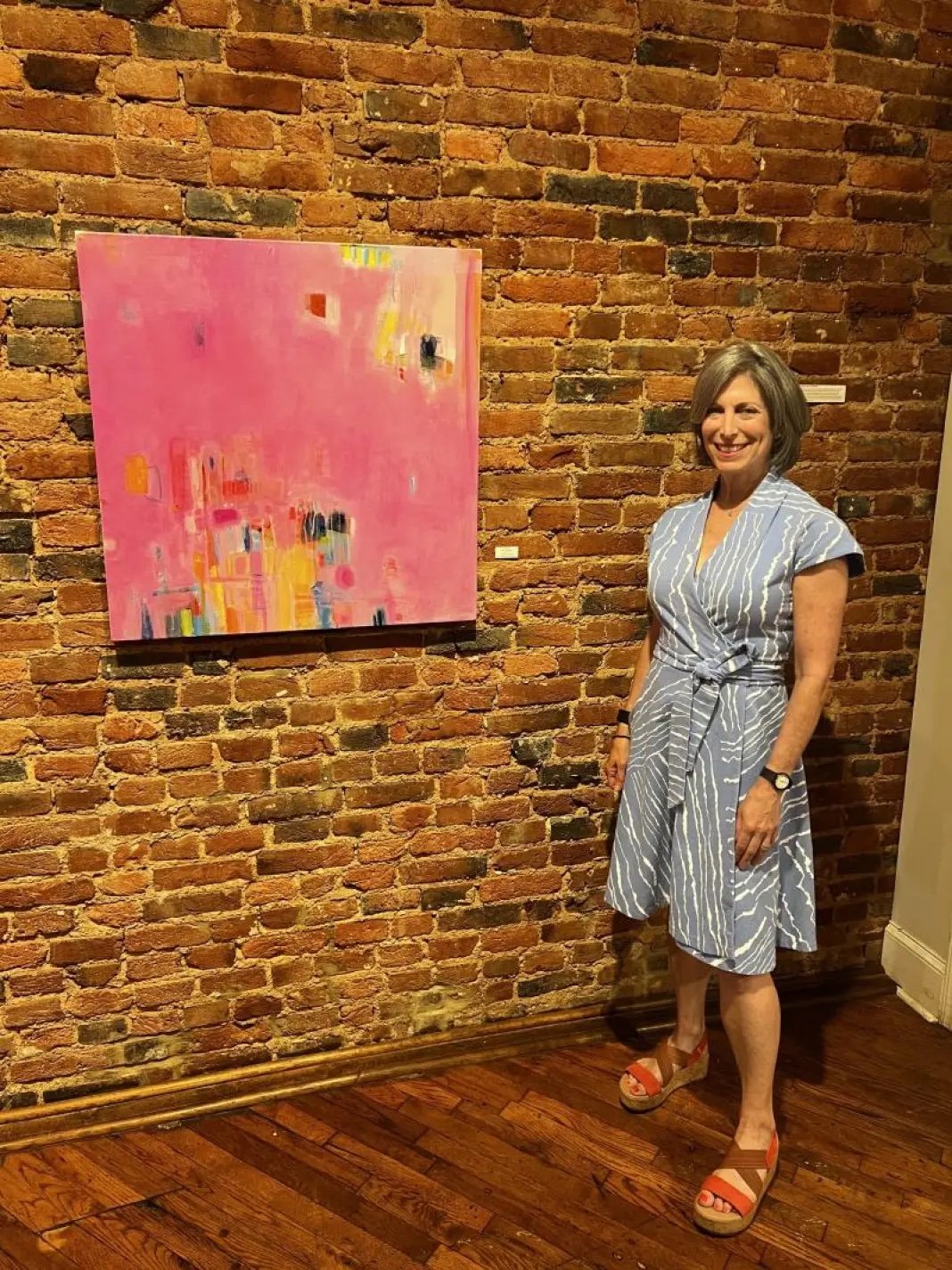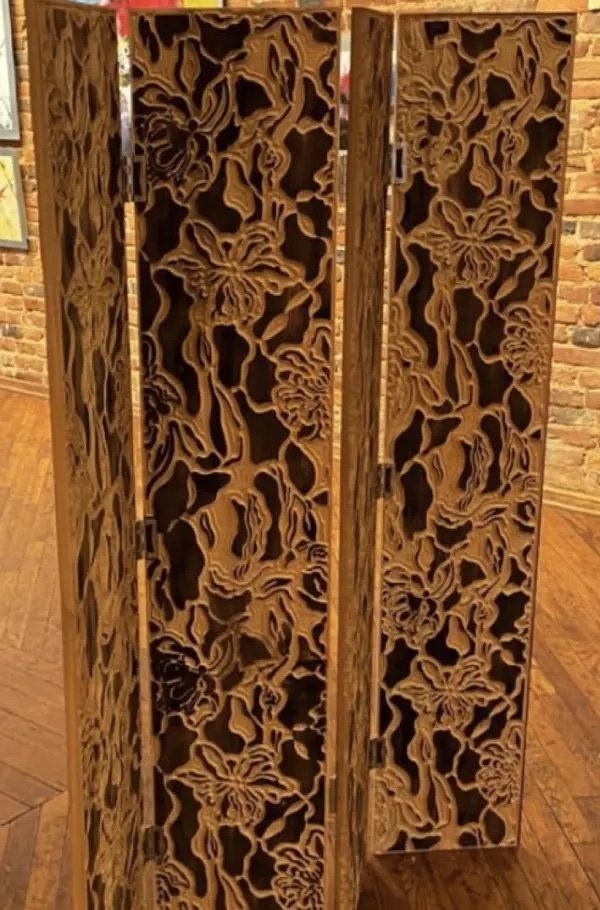OCJAC Debuts Exhibit for Tisha, Tu B’Av
By: Sasha Rogelberg
Old City Jewish Arts Center is interested in exploring new beginnings this month in more ways than one.
On Aug. 5, the space celebrated its new exhibit in a First Friday opening, with a new guest curator and a new theme “exploring ending and beginning, destruction and rebuilding, grief and resilience.”
The exhibit, open through Aug. 28, falls during both Tisha B’Av, a holiday that marks the destruction of the two temples in ancient Jerusalem, and Tu B’Av, a holiday celebrating love, observed a week later.
The timing of the exhibit was no coincidence: Just as the two holidays transition from themes of sorrow and mourning to rebirth and joy, so too does the art displayed in the exhibit.
“We wanted to find something universal to relate and convey to the masses, for First Friday and exhibit-goers — something from the past of destruction, but not getting stuck in the darkness and instead focusing on how we stand in the present and apply that to the future,” said OCJAC Executive Director Rabbi Zalman Wircberg.
“With this art, it’s really looking at the past and seeing what we can learn from the darkness, the negativity and how we can transform that into light,” he added.
One piece featured in the exhibit is a room divider made with separate wood panels burned with sodium chloride and a torch to create a decorative floral pattern. Artist Melissa Rothman wanted to balance the masculine and feminine, using a harsh and violent method of burning to create flowing adornments.
Rothman, who is not Jewish but is a frequenter of OCJAC, wanted to comment on the gendered history of different art mediums, with many crafting mediums being relegated as “women’s work.”
“It shows resilience and that you’re able to sort of make your mark on the art world and create something surprising and fresh, while still harking back to this very old tradition of women’s work,” she said of her piece.
Sally Eisenberg’s painting “A Fresh Start” uses a vibrant pink to catch the viewer’s eye, though the painting is flecked with sunshine oranges and yellows, as well as darker hints of black and blue.
The piece was inspired by the pandemic and the attitude Eisenberg took to endure the difficult period.
“My coping mechanism has been to think of each morning as a new beginning/a fresh start,” she said. “Maybe today will be better. The dance of the paint, marks, gestures and colors enable me to convey hope and positivity.”
Guest curator Leah Appleton was tasked with putting these works in conversation with one another. The artist and Drexel University Leonard Pearlstein Gallery curator considered the specific and universal when selecting the exhibit pieces.
“They’re all very different from each other, which I’m excited about, because grief is a very personal experience, and so is resilience,” Appleton said. “It’s going to have a little bit of my aesthetic skew to do it, but there’s a lot of different ways in which you can think about the subject through the works that were selected.”
Appleton was drawn to the theme of destruction and rebirth that Wircberg proposed because of their own values and personal experiences.
“My approach to life is that it’s all one continuous pathway,” they said.
As a young person, Appleton struggled with change. As an adult, they’ve come to accept it.
“It’s been really liberating for me to embrace change as constant, and what are perceived as endings to be beginnings of new phases, and for beginnings to be ends of old patterns,” they said.
The curatorial strategy for the exhibit reflects this. In addition to putting pieces in conversation with one another to help build an understanding of the meanings of the works, Appleton considered how people move through the space.
They imagine the process of walking through an exhibit as a linear one, with an audience viewing pieces one after another, but at the end, there is a full picture of what the exhibit is about. Just as life is an ebb and flow of beginnings and endings, the exhibit reflects this by having pieces that evoke various emotions and experiences culminate to create a complete experience.
“It’s like going through a movie,” Appleton said.

